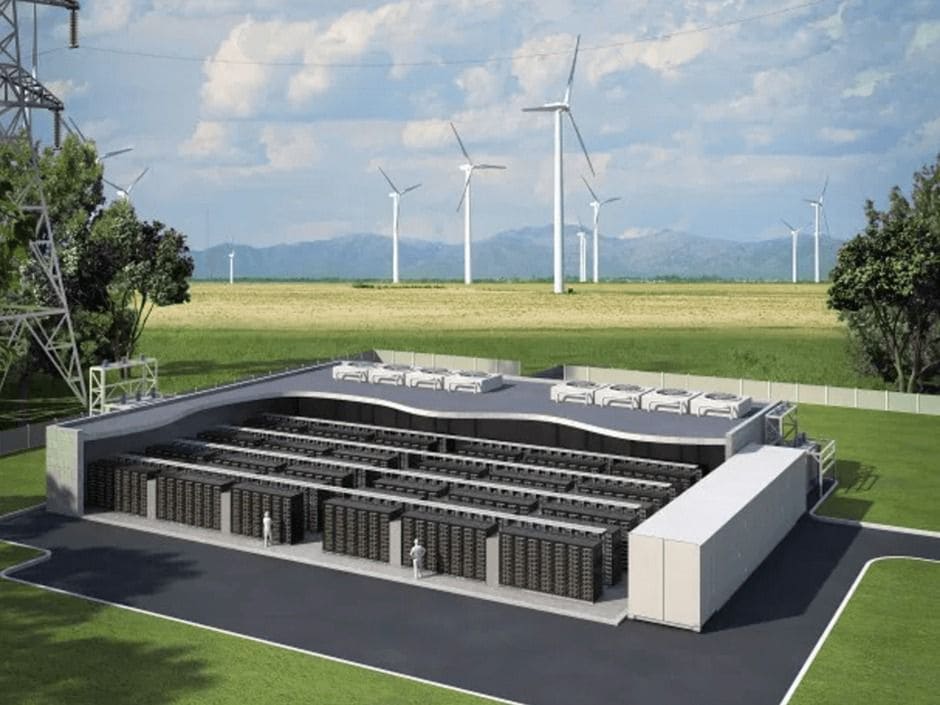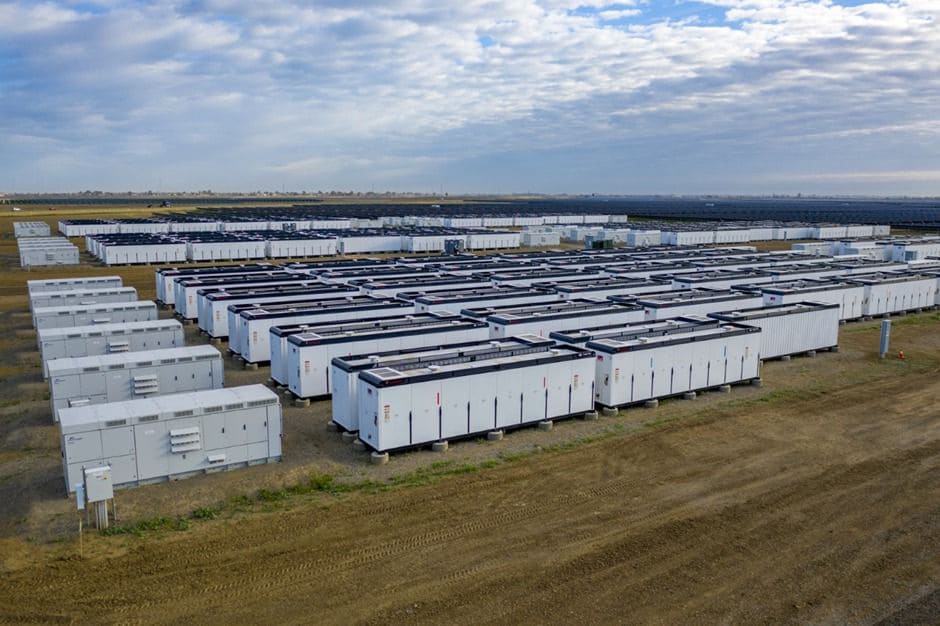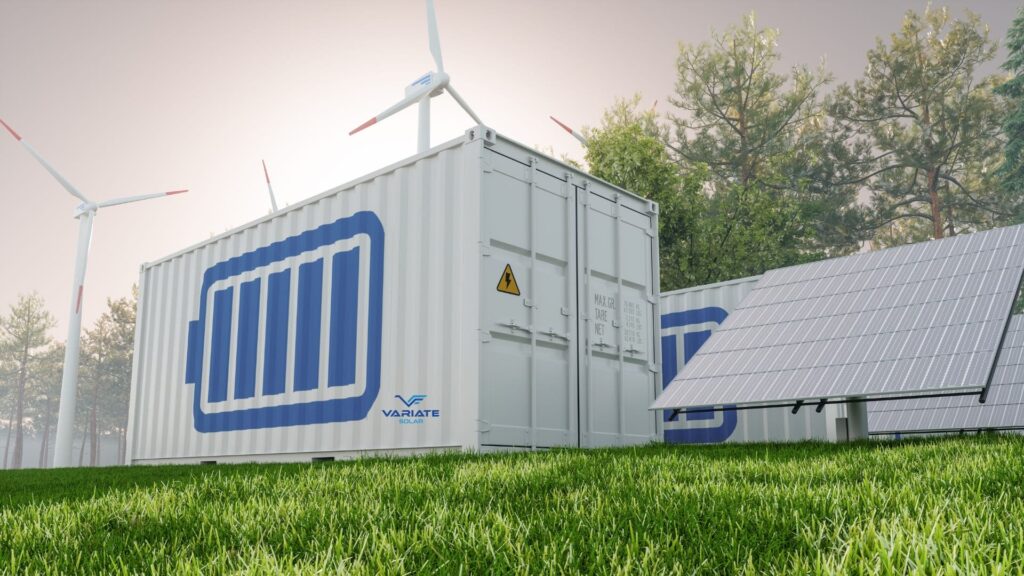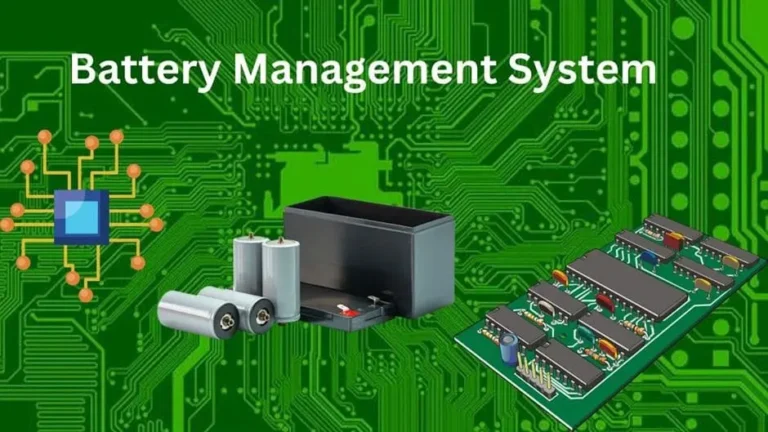Why Utility-Grade Battery Energy Storage Is Considered to be Mobile, Modular and Scalable?
(Solar Energy Battery Storage)
Solar batteries are becoming a more and more common component of solar installations as energy storage technology continues to advance in cost. Installing energy storage is beneficial for many people than simply homeowners and business solar customers. Utility-scale battery storage, which offers additional flexibility, cost savings, and environmental advantages, is also contributing significantly to the functioning of the electric grid.
Advantages of utility-scale battery storage
Utilities and grid operators frequently explain utility-scale battery storage as “a new gear in the toolbox,” highlighting the various ways in which solar energy battery storage might assist the grid. When energy prices and demand are low, storage can operate as a load by drawing power from the grid, or when costs and demand rise, it can act as a generator by returning electricity to the system. Moreover, battery storage can add electricity to the system in milliseconds whereas power plants take a few minutes to hours to start up. It is rare for a resource to have this much flexibility, and there are countless ways to use this power.
Modular, flexible, and scalable design
Innovative modular architecture segregates the BESS into distinct trailer-mobile battery storage and electrical conversion components. Customers may benefit from a high degree of flexibility and scalability with this modular approach. A single PCS unit can be coupled with several solar battery system units to grow as necessary to fulfill the application’s power needs. Projects that want even greater energy capacity might install more PCS units.

Every mobile battery trailer has a maximum energy storage capacity of 2 MWh, and higher energy densities may be achieved with the option of liquid cooling. Although it is made to work with any kind of battery, the mobile battery unit now uses the most recent advancements in lithium-ion battery technology. The modules, racks, and casings of the Mobile Battery Trailer are made to resist the rigors of road transportation thanks to agreements with battery manufacturers.
All of the infrastructure required to connect the solar battery system to grid-forming or grid-following systems is contained in the PCS trailer. Numerous voltage classes, such as 120/208 V, 277/480 V, 4k V, 13k V, 27k V, and 33k V, are supported by the PCS unit. A more resilient system requires a sufficient amount of dependable grid energy storage capacity, especially as the usage of intermittent renewable energy sources rises.
solar battery system is essential for maintaining a stable power supply and demand over time in renewable power generators like wind and solar. Peak shaving is the process by which a business or industrial power user lowers its maximum power usage from the grid. This can be accomplished by reducing activities and the power requirements that go along with them, or by utilizing stored energy to augment grid power.

Services provided for system operation
Key services required for a system with large shares of VRE can be supplied by utility-scale battery storage devices. These solar battery system services, which are described below, comprise black start services, dynamic ramping, and frequency control.
Frequency regulation
Grid frequency may shift beyond predetermined bounds due to disparities between supply and demand for electricity. Thermal power facilities have always offered services for frequency regulation. This may be expensive and inefficient since it forces numerous generating facilities to operate at capacity levels that waste fuel or be kept on standby, which raises the price of power. Utility-scale battery storage is capable of offering frequency regulating services. Battery storage systems, in contrast to conventional plants, can usually react to such demands in milliseconds, whereas conventional plants might take many seconds to minutes.
Flexible ramping
The load curve drastically transforms into a solar duck curve when VRE penetration—more especially, solar photovoltaic (PV) penetration—begins to rise. The system must speed up in the evening when demand grows and solar output falls and down in the early hours when solar generation rises. Utility-scale batteries are an example of a flexible technology that might be used to help satisfy these ramping needs and flatten the duck curve.
Black start services
Restoration of generating facilities needs power to restart (also known as “black start”) in the case of grid breakdown. Usually, diesel generators that are situated next to the generating plants supply this restoration power. Similar to diesel generators, large-scale battery storage devices can be shared to offer black start services in the event of a grid breakdown. Moreover, while not in use for black start functions, the on-site battery storage devices may offer system operators additional supplementary services. This would bring in more money for these battery systems.
Capacity firming
Unpredictability and variability define VRE generation. Variability in wind speed is what causes power variations in wind power generation, whereas cloud movements are the primary source of power fluctuations in solar PV generation. A battery and a particular VRE generating source work together to lessen power output fluctuation at the grid integration point, improving renewable energy integration.
To reduce abrupt voltage and power changes in the grid, the battery storage system may regulate the ramp rate and level the output of VRE sources. Furthermore, by leveling out the generation, renewable energy would be able to better adhere to their generating plans and avoid paying penalties for any deviations.
Reduced renewable energy curtailment
VRE generators have a changing, non-dispatchable output instead of a controlled fixed one. In certain places, excessive curtailment of renewable energy output has been seen during periods of high VRE generation and low demand. This has led to a lost chance to include clean power in the energy mix. Curtailment results from grid limitations that make it impossible to transfer excess renewable energy output to other areas.
Utility-scale battery storage devices are a potential means of mitigating the reduction of renewable energy. When demand is at its highest, excess power may be stored and used when most required. Deploying centralized batteries in an area to store the excess energy produced by locally distributed generating plants, like rooftop solar PV, is another recent development in battery storage.

Conclusion
By permitting higher proportions of VRE, utility-scale battery storage systems will be crucial in allowing the next phase of the energy revolution. Battery storage systems can offer grid services including regulatory reserves, and frequency response to network operators. Additionally, it can postpone expenditures in grid strengthening and peak generation. Utility-scale battery storage devices may stabilize the output of renewable energy sources and store surplus power, allowing more variable renewable energy to be integrated into the grid. Furthermore, batteries assist in supplying off-grid villages and remote grids with dependable and less-priced power, as they would otherwise be dependent on costly imported fuel for electric generation, especially when combined with renewable generators.

